People always say “Necessity is the Mother of Every Rifle Build”, or they would if someone had said it before me. In any case, I had a need, or at a minimum a strong desire, for a new night time coyote hunting rifle. The rifle that I was using was a Remington 700 chambered in 308. I was pushing 110gr Nosler Varmageddon projectiles and was very happy with the accuracy and the bullet’s terminal ballistics. In fact the bullets may have performed too well, and dissipated too much energy, and I lost some hides as a result. The main issue I was experiencing was the clearance between the NVision Halo LR thermal and the 90° bolt throw. The space between the two was very narrow, and on cold nights where I was wearing gloves cycling the action was cumbersome. So I started thinking about what I would want from a new rifle build, with my focus being on a build around the .22 Creedmoor cartridge.
After some research and thought, I created a “must have” list for this new build.
My list included:
- An action with something less than a 90° bolt throw for increased clearance
- Fit into an already owned McMillan A-5 stock (Remington 700 Footprint)
- A smaller caliber which would result in less pelt damage
- A fast flat shooting caliber so range estimation is less vital
- A wide variety of bullets and weights which are hopefully available
As I contemplated how to achieve my goals I recalled a conversation with the guys at Cadex Defense at Show Show 2022. I was fortunate enough to shoot one of their CDX-R7 rifles at the demo day and recalled how smooth and fast the action was. The CDX-R7 actions feature a 50° bolt throw with a spiral fluted, bolt 4 lug for ultra-fast cycling. This action will allow plenty of room for a gloved hand to manipulate the bolt, free of optic interference. Also, the Remington 700 footprint was perfect to pair with my existing stock. A picture of the action can be seen below in the bolt closed and open position.
Every component for this build was carefully considered for the intended purpose.
The Rifle Build:
Cadex Defence – CDX-R7 Sheepdog Short Action
Krieger Barrels MTU – Contour 4R – .223” Stainless Steel Barrel – 1:7″ Twist – 25″ finished length barrel
McMillan Stock – A-5 Stock in GAP Camo
Badger Ordnance – DBM Bottom Metal
Trigger Tech – Remington 700 Special Trigger
Chamber – Pacific Tool and Gauge – 22 Creedmoor Bushing Reamer
Optics – Vortex Razor HD GEN III 6-36
Optic Mount – Vortex Precision Matched 34mm Rings
Projectiles – Hornady 75 grain AMax [Replaced by 75gr ELD Match]
Cartridge Case – Peterson Cartridge – .22 Creedmoor Brass
Powder – IMR 4451
Primers – CCI
Thermal – N-Vision Halo-LR
Additional Equipment – Bobro Halo LR Mount , Predator Precision Mini DVR
The chambering of this rifle was done by a local gunsmith and I assisted in the process. The Pacific Tool and Gauge Reamer cut flawlessly and the PTG Go and No-Go Gauges ensured our headspace was set properly. Once the barreled action was complete the Trigger Tech Trigger was installed and the assembly was placed into the McMillan A-5 Stock. No modifications or adjustments were necessary and the rifle was ready to be topped with rings and the optics. The Vortex and Razor HD Gen 3 optic were torqued to factory specs and from there it was off to the reloading bench.
Load Development:
The load development for this rifle started with projectiles and powders I had on hand. This included 75 gr Hornady AMax and 69 gr Sierra MatchKing bullets. My powder selection was based on Quickload analysis and previous experience with calibers of similar case capacity. My first choice was H4350, however, as this powder was not available I decided on IMR 4451 Enduron. It has a very similar burn rate and fill ratios. A powder pressure ladder test was performed and the powder charge I decided on was 39.5 gr with a muzzle velocity of 3085 fps. The average group size for this load was less than 0.4”, which is more than sufficient for the intended use.
“A powder pressure ladder test was performed and the powder charge I decided on was 39.5 gr with a muzzle velocity of 3085 fps.”
Hunt Reports:
Part One – Daytime Rockchuck Hunting in Northern Idaho:
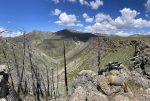 Although this rifle build was destined to be a nighttime predator hunting rifle, I still wanted to test it during the day on small, long”ish” range varmints. Rockchuck hunting is the perfect test subject, so I headed over to Idaho and spent a couple of days hunting in the mountains with Eric Mayer.
Although this rifle build was destined to be a nighttime predator hunting rifle, I still wanted to test it during the day on small, long”ish” range varmints. Rockchuck hunting is the perfect test subject, so I headed over to Idaho and spent a couple of days hunting in the mountains with Eric Mayer.
Our set-up was along a steep canyon that was littered with rockchucks out soaking up the sun. I was proned out a few feet from the edge, allowing me to spot and shoot targets in almost every direction. I started with one that was 232 yards away, which is almost a gimme shot. Of course, my first round just missed it, hitting to the left of the ‘chuck. My second shot was dead-on, dropping him. The hit was good, but I had to shoot it again to anchor it. I chalked that up to the Hornady AMax projectile’s performance on the smaller varmint.
The next shot, at 250 yards, was dead-on and created some rockchuck aerobatics, launching it up into the air a few feet. The energy created by the .22 Creedmoor pushing the Hornady AMax at 3085 fps, dumped into the rockchuck, sending it spinning!
The following shot was on a rockchuck that was 181 yards away. I could only see a portion of the body, because it was laying flat on the rocks and partially covered by a small bush. The most effective shot would be in the head/neck area. The moment the rockchuck lifted its head slightly, I took the shot, hitting it solid. The ‘chuck rolled onto its back and barely quivered!
The oddball shot of the day was a rockchuck that was on a large rock at 247 yards. Again, I pulled the shot slightly left, missing it. After adjusting my hold, I hit the rock directly in front of where the rockchuck was laying out. If you’ve hunted rockchuck enough, eventually you will have one that died due to “shrapnel” kicked up by a low shot. This was one of those times. Not my best shot, but still a kill shot.
My last shot was on a rockchuck only 93 yards away. Its close proximity made it difficult to get lined up for the shot, leaving me to sit down and shoot from a sitting position. I lined up the rockchuck in my crosshairs and made a solid hit. However, the rockchuck moved down the rock a few feet, seemingly unphased. I quickly chambered another round and drilled him, knocking him off the rock and down into the canyon. As mentioned in the video, I didn’t feel the Hornady AMax was a good bullet for this type of varmint hunting, which was proved out by this last shot.
Part Two – Nighttime Thermal Coyote Hunting in Nevada:
It was time to test my rifle build and load out in the field for its intended purpose, nighttime coyote hunting.
The permissions I hunt in Nevada include many cattle ranches and feedlots. Because of this, I am often asked to come in and target coyotes that are harassing the cattle in and around these properties. Night hunting has expanded my ability to remove these problem coyotes, while increasing my success rate at the same time. Typically, calling, or spotting and shooting coyotes in these areas prove to be difficult, due to the increased daytime pressure. Night calling allows me to get into areas under the cover of darkness and call coyotes that would rarely come into a daytime stand. It also allows me to hunt more open areas, like the edges of alfalfa fields, or where the sage brush is low and sparse.
As stated in the opening paragraph, the .22 Creedmoor cartridge was a great fit for my nighttime hunting needs. The flat-shooting cartridge allowed me to be more confident when taking longer shots at night on coyotes that would hold up. The energy of the cartridge/projectile combo meant for hard hits, with minimal pelt damage.
It was a cold January night, when I headed out for the first time with this build. I had already mounted and sighted-in my N-Vision Halo LR optic, with Bobro mount and Predator Precision Mini DVR (for recording).
My first stand was on the edge of a large pasture about a mile from the main ranch. There were cattle grazing the area, so coyotes were hanging around waiting for an opportunity to arise. I set-up next to a pile of rocks, near some hay bales, with the call only about 10 yards next to me. I anticipated any coyotes to come across the field, directly in front of where I was standing. The rifle was mounted on top of my tripod and I was ready to go!
A few minutes after starting the FoxPro, I spotted a coyote across the field at a decent pace. It had no care in the world and was looking for a free meal. As you can see in the video, I found the coyote in my Halo-LR and followed him as he got closer. Once he got in close, I let out a quiet “woof” and the coyote stopped. I shot him in the high shoulder with the Hornady AMax and he crumpled! I wish they were all that easy!
The second stand in the video was a bit different. It was later in the year and I set-up next to a busy dirt road that cuts through the area. I had parked my side-by-side behind me and started calling. To my surprise, I spotted a coyote on the other side of the dirt road, coming hard into the call. The coyote ran under a barbed wire fence, across the road directly in front of my SxS, under another fence and right in front of me. Once it stopped to look back, I took the shot, dropping it where it stood. It happened very quickly, but the rush of a unique stand had my blood pumping!
The final stand in the video had me set-up next to an active cattle pasture, where the landowner had seen a coyote wandering through his cows that morning. I was far enough from the cattle to have a clear shot, but I stayed on the edge so I could draw out the coyote he was concerned about. Exactly as expected, this coyote came from the area of the cattle and made a beeline to the call. He stopped about 75 yards out, so I used that opportunity to put an AMax through his chest, dropping him.
Final Thoughts:
This rifle and its components were selected for accuracy and the intended use of night coyote hunting. When I began contemplating this rifle build, my focus was on functionality, as much as versatility and availability. First, my decision to build around the small caliber, .22 Creedmoor cartridge, due to the flat-shooting capabilities and lots of fur friendly bullet options. I chose the Cadex Defence CDX-R7 Sheepdog Short Action for the short throw, allowing for increased clearance for use during the cold winter nights. Other options, such as the Krieger barrel, Trigger Tech trigger and Badger Ordnance bottom metal, are standbys that I use in other rifles and feel are excellent for my needs. Now that I’ve spent months hunting with this set-up, I am extremely pleased with how well the rifle and all the components have performed in extreme conditions out in the field.
- Desert Tech TREK-22 Ruger 10-22 Bullpup Stock - January 15, 2024
- Dark Energy Poseidon Battery Packs – Gear We Use – Episode Two - January 11, 2024
- Custom 6.5 Creedmoor Rifle Build with the First Hunt Using the Burris Veracity PH Riflescope - March 13, 2023

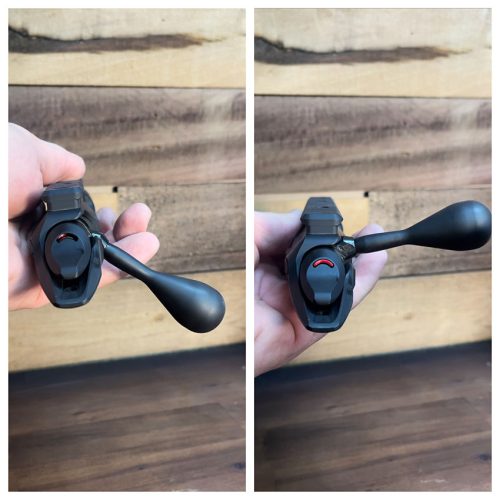
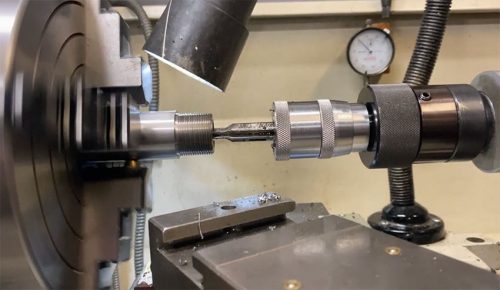
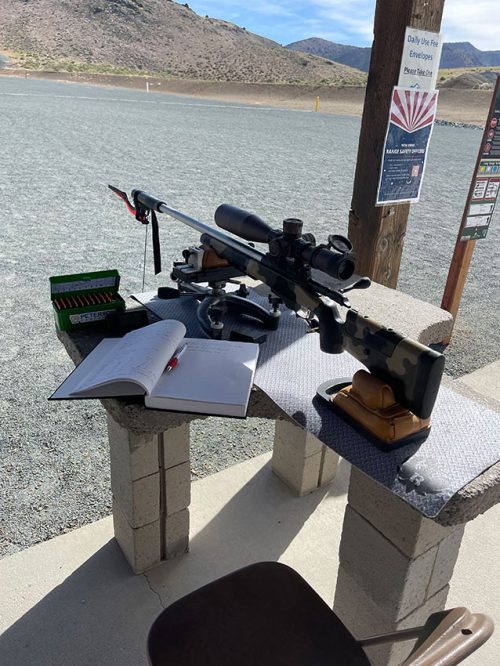
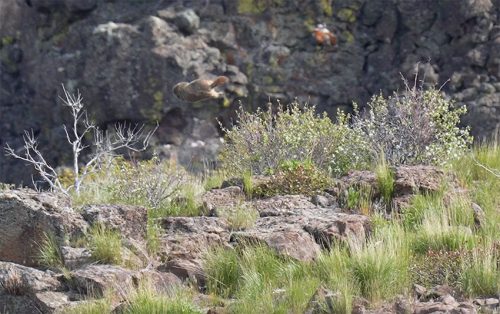
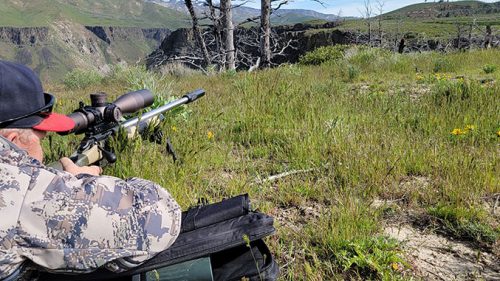
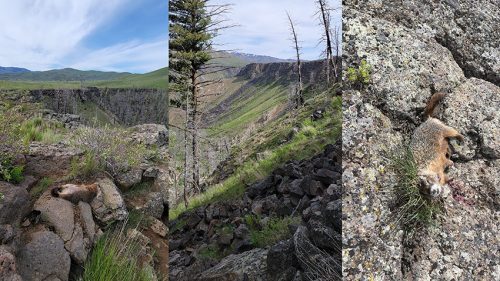
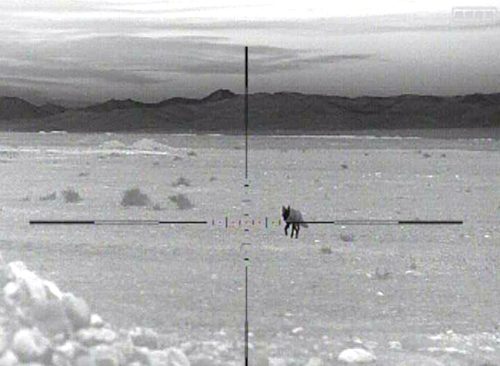
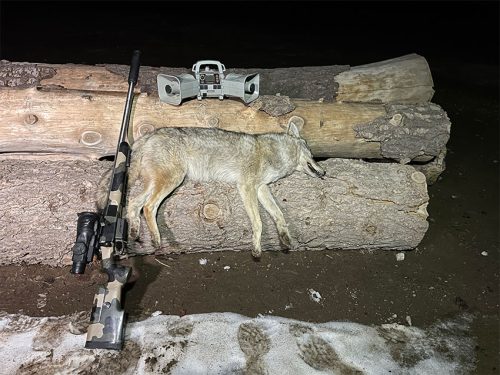
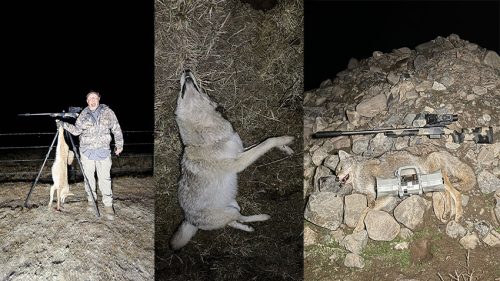
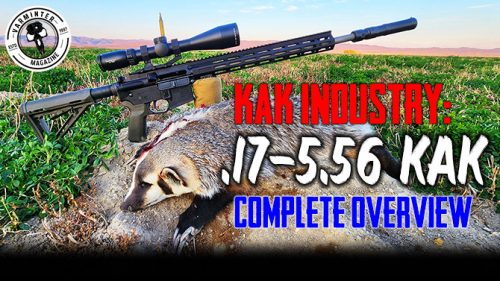

Leave a Reply
You must be logged in to post a comment